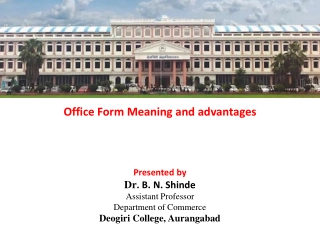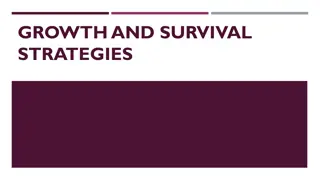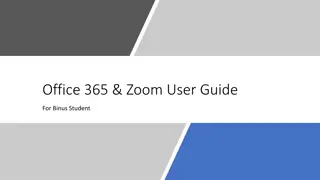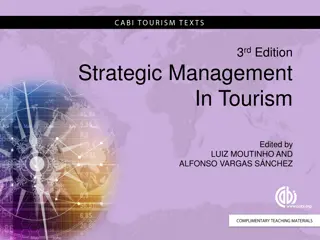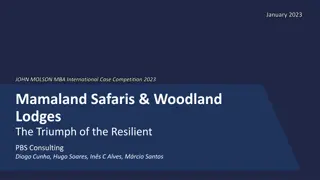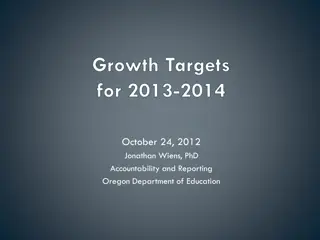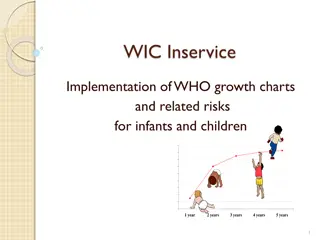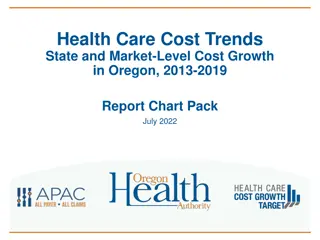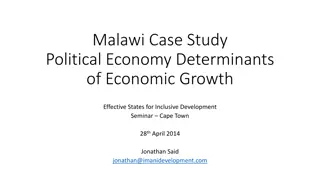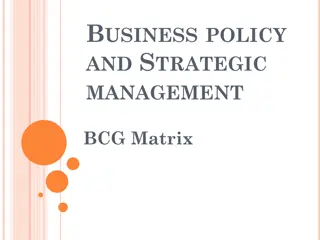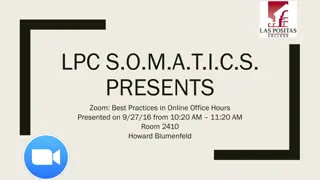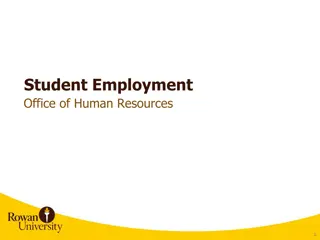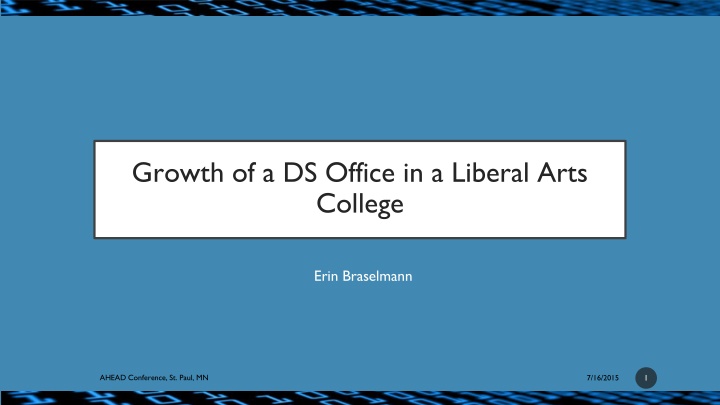
Expanding Disability Services Office at a Liberal Arts College
Discover the growth and evolution of a Disability Services Office within a liberal arts college, examining staff and student growth, campus culture around accessibility, key stakeholders, compliance considerations, and strategic initiatives.
Download Presentation

Please find below an Image/Link to download the presentation.
The content on the website is provided AS IS for your information and personal use only. It may not be sold, licensed, or shared on other websites without obtaining consent from the author. If you encounter any issues during the download, it is possible that the publisher has removed the file from their server.
You are allowed to download the files provided on this website for personal or commercial use, subject to the condition that they are used lawfully. All files are the property of their respective owners.
The content on the website is provided AS IS for your information and personal use only. It may not be sold, licensed, or shared on other websites without obtaining consent from the author.
E N D
Presentation Transcript
Growth of a DS Office in a Liberal Arts College Erin Braselmann AHEAD Conference, St. Paul, MN 1 7/16/2015
The Context Four-year private institution in rural New York, greater New York City area Main campus and (how many?) satellite campuses in NYC Network of early high schools, microcolleges, and prison initiatives Sister institutions in Massachusetts and abroad Approximately 2300 students on main campus and satellite campuses Majority undergraduate students 16 small, graduate programs Conservatory
Growth in DRO Numbers Staff Growth Student Growth Fall 2019: Fall 2020: Fall 2021: 554 Fall 2022: 581 Fall 2023: 575 2019: One PT 232 325 2020: One FT 2021: One FT, Two PT 2022: Three FT, Two PT 2023: Three FT, Four PT
Understand Institutional Culture: Entering or Starting the Conversation What is your current campus climate around disability and accessibility? What is the current conversation around disability and accessibility? What are the origins of the culture around disability and accessibility? What are overall accessibility needs of campus? What are current campus initiatives directly or indirectly related to disability and accessibility? 4
Starting and Framing the Campus Conversation Who are your primary, secondary, and tertiary stakeholders? What are the accessibility needs seen by offices and departments? Who can you build partnerships with or collaborate with? Focus on DEIBA initiatives Focus on compliance Frame in a civil rights context 5
Gathering Information Disability Office Other Historical Data Increased Needs Documented Complaints Accommodations Provided Staff Caseload Staff Meetings Per Day/Week Compliance/Liability Concerns Campus-Wide Accessibility DEIBA Campus Efforts Benchmarking with Peer Institutions Research Higher Education Trends 6
External Supporting Resources AHEAD New York State Disability Services Council and Consortium Network National Center on Education Statistics CAS Standards Office of Civil Rights Cases ADA Network Center for Disease Control 7
Student-Based Needs Analysis Identify Student Needs Identify Areas of Weakness Academic, Housing, Dining, Transportation, Co-Curricular Outline Nuanced Needs: Undergraduates, Graduates, Professional Schools Special Populations: displaced student initiatives, prison initiative, and baccalaureate program Conservatory program; studio arts Time/Staff Dedicated to Specific Accommodations/Populations 8
Emphasize the ADA-Generation Current college-aged student grew up with ADA in place Students expectations and understanding of access rights Societal stigma decreased Laws have increased access over 3 decades Legal emphasis; OCR emphasis Increased activism and student mobilization Cultural climate: COVID as a mass-disabling event Mental health crisis World events 9
Identifying Office and Campus Accessibility Needs Assessment of Disability Office SWOT Analysis Resource Needs (Detailed Budget) Staffing Needs (Detailed Descriptions) Survey Students/ Student Focus Group Evaluate Campus Accessibility Climate (Efficiency and Effectiveness) Academic/Faculty Residence Life and Housing (allyship and attitudinal barriers) Physical Dining Transportation Create a strategic plan (1-5 years) 10
Method COMPLIANCE FOCUS STUDENT-CENTERED FOCUS Emphasize Legal Compliance Illustrate Liability Highlight Areas of Concern Gaps in Compliance Support with OCR Findings DEIBA Initiatives Mission Alignment Holistic Support Retention Initiatives Identity Formation Sense of Belonging 11
Communicating the Vision: Goal of Reporting Focus on compliance and institutional risk Retention framing Increase accessibility and further DEIBA initiatives Identify gaps, needs, and liabilities Strategic plan for growth: goals, budget, staffing, space Share information annually 12

